Australian Dollar rebounds after initial selling as speech of RBA Deputy Governor Guy Debelle echoed much of recent communications. There was no extra dovishness in his comments.
He noted that the weaker than expected GDP growth in second half of last year was primarily due to considerable slower growth in consumption. The main explanation is low growth in household income, and an increasing expectation that it is likely to remain low
However, other parts of GDP have evolved broadly as we had expected. Business investment outside mining has been “growing at a rate”. Exports have “continued to grow as expected”. Residential construction is at a “historically high level”. Also, labor market has been “surprisingly strong”.
Debelle noted that “the two lenses on economic growth provided by the labour market and the GDP data are in stark contrast”. Meanwhile, “a third lens, in the form of business surveys, sits in between the two”. And he noted that “the tension highlighted by these different lenses on economic growth is of crucial importance. Hopefully we will get some resolution of this tension in the coming months with the incoming flow of data.”

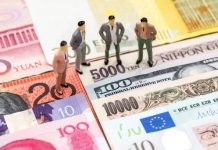


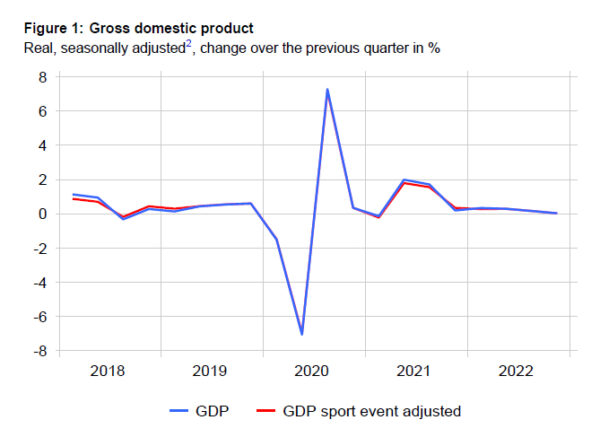
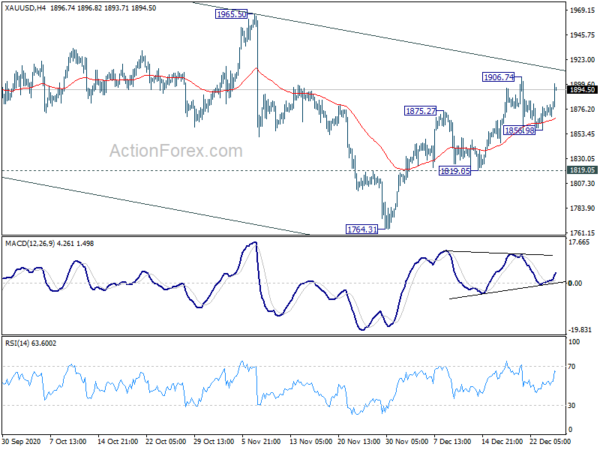
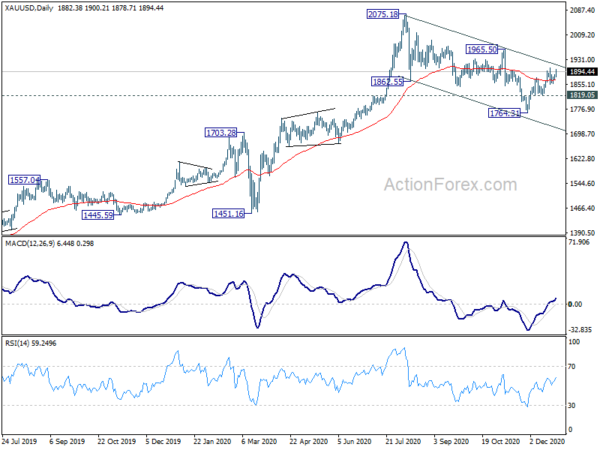
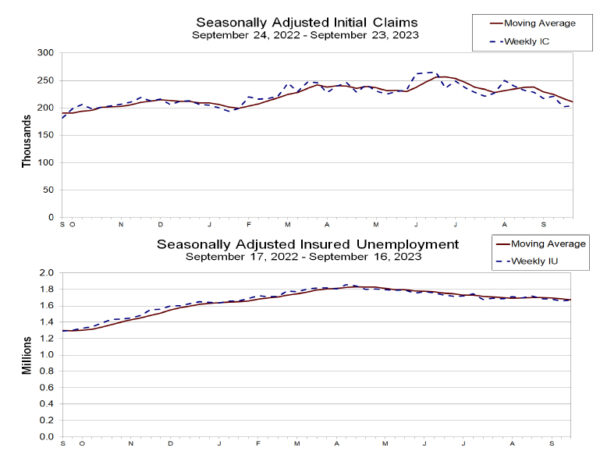
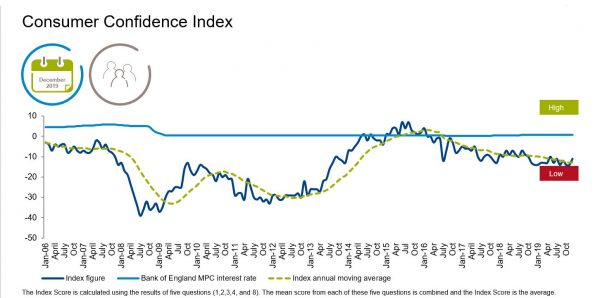

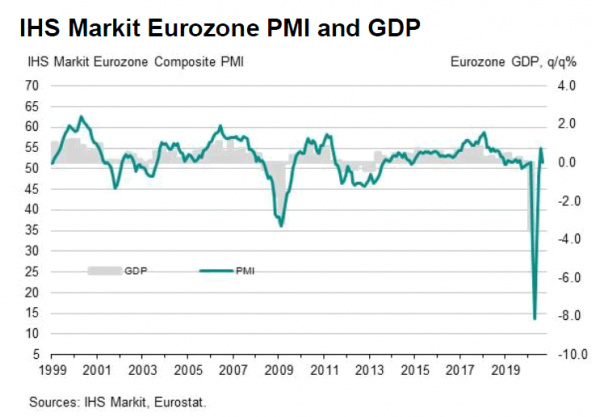

Fed George: Moving expeditiously to a neutral stance of policy is appropriate
Kansas City Fed President Esther George said yesterday, “it is clear that removing accommodation is required. How much and how aggressively accommodation should be removed is far more uncertain.”
“Given the state of the economy, with inflation at a 40-year high and the unemployment rate near record lows, moving expeditiously to a neutral stance of policy is appropriate,” she added.
“At the same time, the factors I noted earlier, including monitoring risks, the responsiveness of activity to interest rate changes, and yield curve developments will be important guides to that pace in my view.”
On the topic of yield curve inversion, George said, “An inverted curve has implications for financial stability with incentives for reach-for-yield behavior. An inverted yield curve also pressures traditional bank lending models that rely on net interest margins, or the spread between borrowing short and lending long. Community banks in particular rely on net interest margins to maintain their profitability.”